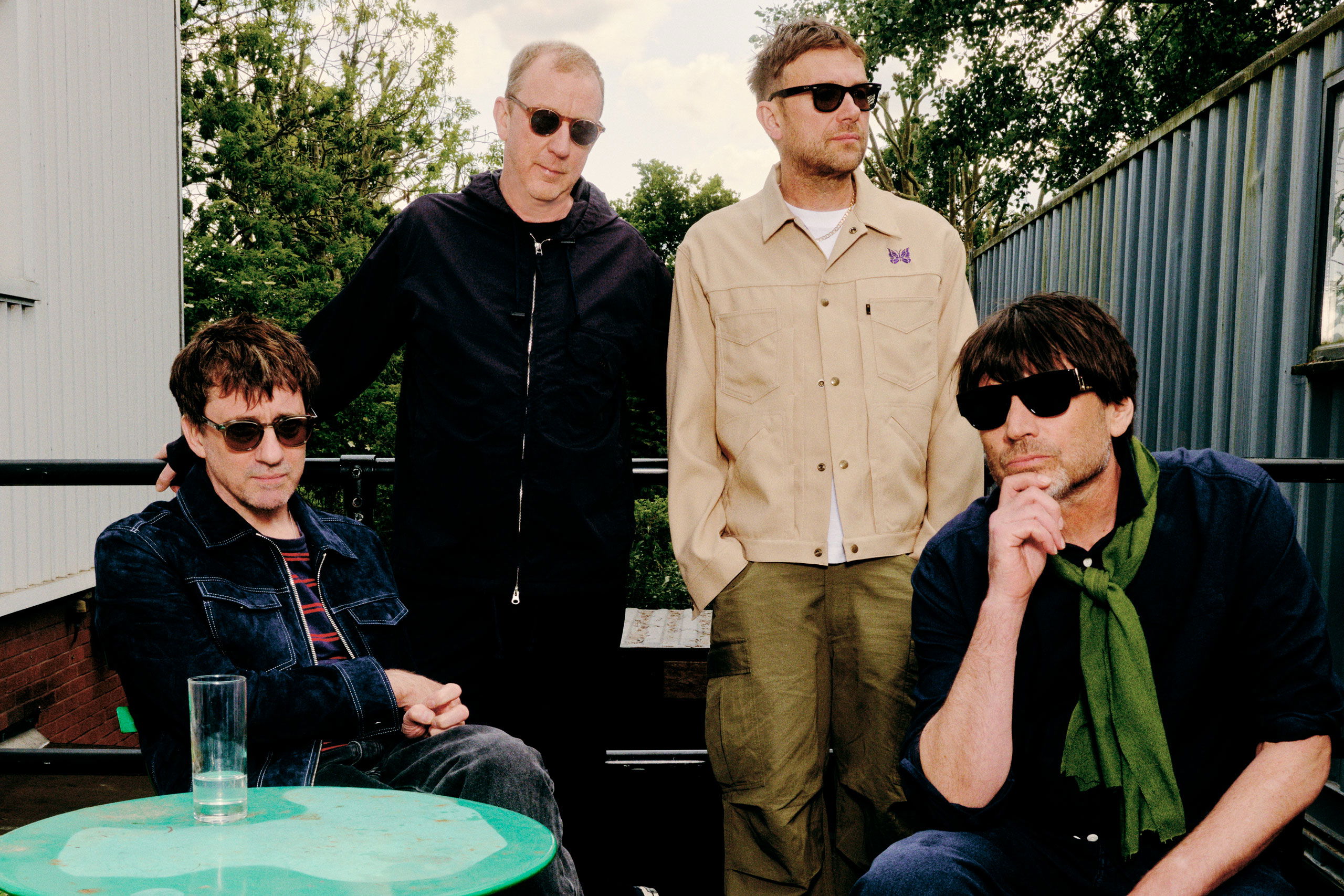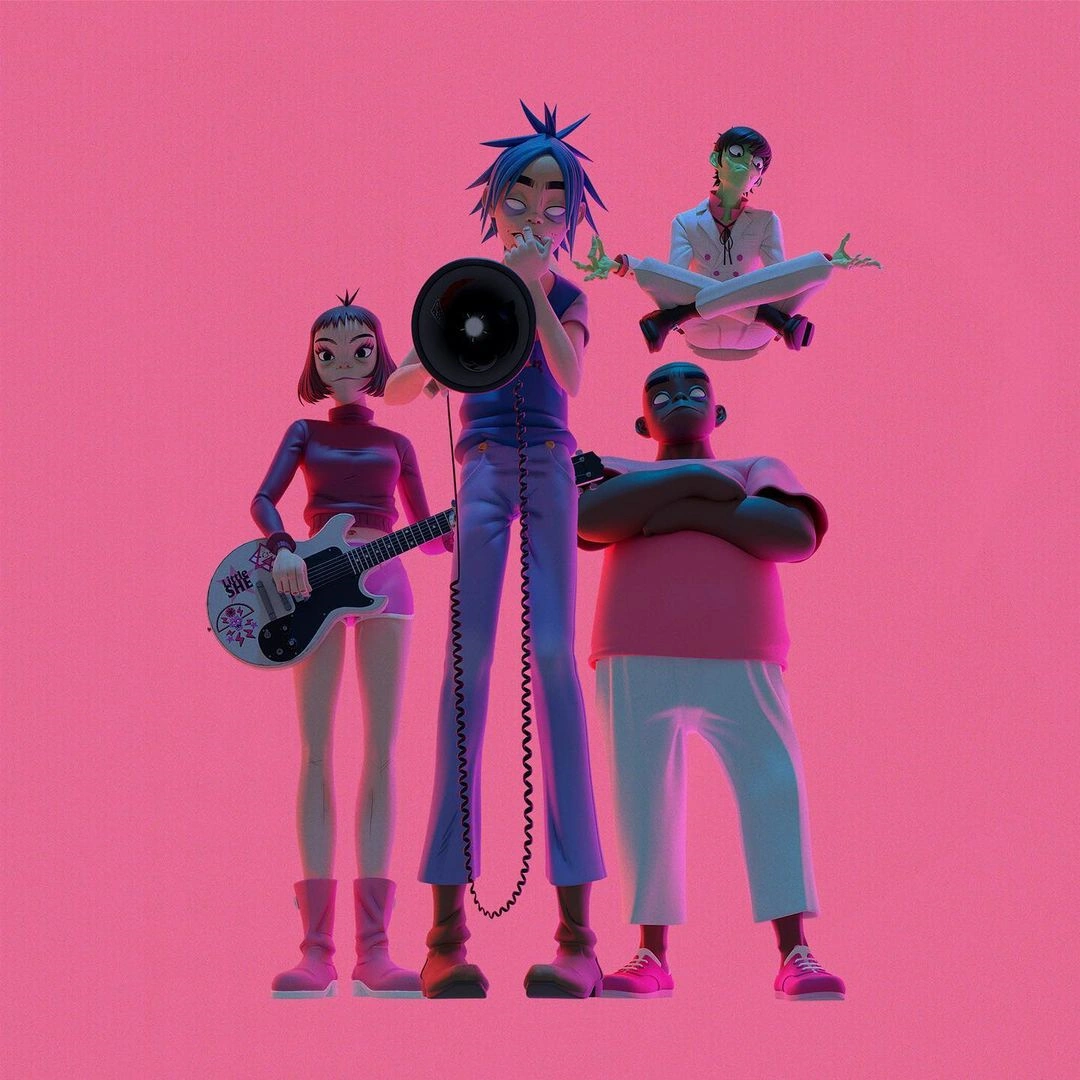Song Stories: Gorillaz: Skinny Ape
By now, we all know Damon Albarn—he's nothing short of a musical phenomenon, particularly in the UK. As the frontman of Blur, one of the defining bands of the Britpop era, he helped shape the sound of the '90s. But that was just the beginning. He went on to form the supergroup The Good, the Bad & the Queen, embark on a successful solo career, and most notably, create the groundbreaking virtual band, Gorillaz, with his former flatmate, artist Jamie Hewlett. Albarn's ability to reinvent himself across multiple genres and projects has cemented his place as one of the most innovative and versatile musicians of his generation.
In a blog post I wrote some time ago, I explored how Blur’s 1997 song "On Your Own" became the blueprint for what would later evolve into Gorillaz. Even the band's name can be traced back to the song’s lyrics:
"I'm not that good, but I'm not that bad
No psycho killer, hooligan guerrilla"

What started as a side project in 1998, almost as a joke, has since surpassed everyone's expectations. Gorillaz has grown into something extraordinary, boasting eight studio albums, a treasure trove of classic songs, and a staggering list of collaborations that reads like a who's who of the music industry. Damon’s phone book must be unreal.
But today, I want to focus on something specific. On Gorillaz’s latest album Cracker Island, among high-profile collaborations with the likes of Tame Impala and Stevie Nicks, there’s a song that stands apart—one that doesn’t rely on big-name features. It’s the penultimate track on the album: "Skinny Ape."
"Skinny Ape" delivers an electrifying fusion of acoustic strumming, glitchy electronic beats, and soaring crescendos, resulting in a sound that is both unexpected and deeply compelling. It begins with a mellow, almost folk-like ambiance, featuring delicate acoustic guitar and Damon Albarn’s introspective vocals. But before long, the song erupts into a thrilling electronic frenzy, driven by energetic drum breaks and layered synths echoing Gorillaz’s earlier works while embracing a sleek, futuristic edge.
In many ways, the track feels like a sonic memoir of Albarn’s career, encapsulating his musical evolution in a single piece. It opens with echoes of Blur’s 'Think Tank' and 'The Magic Whip' eras before pulsating drum machines pull it firmly into Gorillaz’s signature aesthetic. Albarn’s vocals shift seamlessly—at moments recalling his Britpop roots in 'Parklife' and 'The Great Escape', then tapping into the raw energy of 'Beetlebum' and 'Song 2', before effortlessly returning to the unmistakable world of Gorillaz.
The result is a seamless blend of everything he has ever done. At times, it feels like a lost Blur classic; at others, a modern pop experiment. Lines like “Don’t be sad for me, I’m a cartoon G” playfully nod to Gorillaz’s virtual identity, blurring the boundaries between fiction and reality. This mix of self-awareness and melancholy adds yet another layer of intrigue, reinforcing Albarn’s reputation as a masterful storyteller.

The term "masterpiece" is often used loosely these days, but Skinny Ape truly earns the title. In just four minutes and forty-one seconds, it allows Albarn to explore new musical landscapes while revisiting the ones that shaped his career. It captures the essence of what makes Gorillaz so captivating, genre-defying experimentation, sharp lyricism, and boundless creativity. While also paying homage to his work with Blur. The track not only encapsulates the spirit of his past but propels him forward into new sonic territory, blending nostalgia with innovation in perfect harmony.
For me, Skinny Ape stands as the pinnacle of Gorillaz's catalog, a breathtaking testament to Albarn’s artistic evolution. It's not just the best Gorillaz song to date; it feels like a bold declaration of what the band and Albarn himself, are capable of achieving.
Thank you for reading
Jack